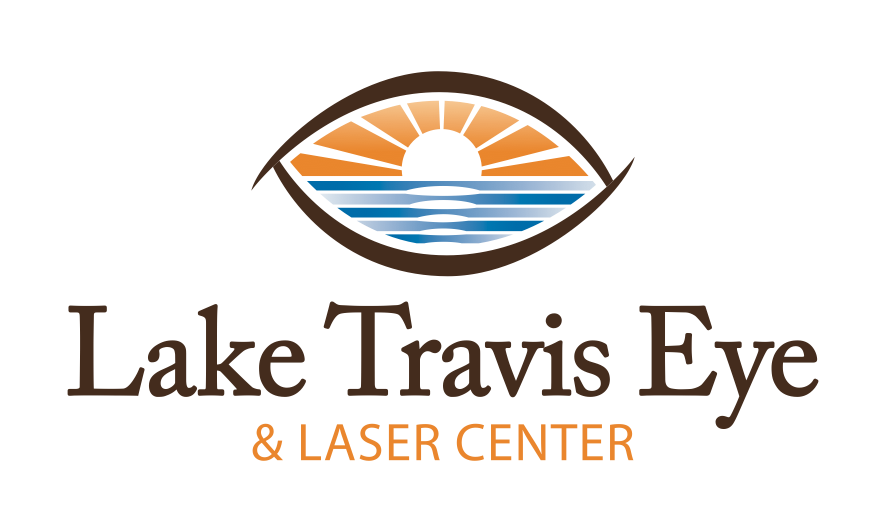
LASIK AND PRK SURGERY
WHAT IS LASER VISION CORRECTION?
LASIK (Laser-assisted in-situ keratomileusis) is one of two major types of Laser Vision Correction (LVC). The other is photorefractive keratectomy (PRK). Both of these procedures are used to improve vision in people with refractive errors: nearsightedness, farsightedness, and/or astigmatism. Both of these procedures actually use the same laser to re-shape the cornea in order to re-focus the eye. The difference in the procedures is in the technique used to prepare the cornea prior to using the laser for re-shaping. LASIK makes a flap of cornea to fold back prior to changing the shape of the middle layer of the cornea with the laser, and in PRK the top layer of the cornea is actually gently removed prior to proceeding with the laser (the layer re-grows after the surgery under a bandage contact lens).
Who is a good LASIK candidate?
If you are over 18 years old, have a refractive error, have a normal healthy cornea, and have stable vision you are most likely a good candidate for LASIK. People with certain medical conditions, expectant mothers, and people with cataracts are not good candidates.
Who is a good PRK candidate?
As above for LASIK, most people older than 18 with refractive errors are good candidates for PRK. PRK differs from LASIK in that no flap is created, and this makes PRK a good procedure for those patients with thinner corneas. This procedure may also be preferred in patients with moderate dry eye. As with LASIK, people with certain medical conditions, expectant mothers, and people with cataracts are not good candidates.
What will happen on my screening exam?
On your initial visit, you will be screened for eye diseases, such as keratoconus and retinal problems. We will also perform a refraction to measure the refractive error of your eyes, and we will complete a corneal topography exam to “map” your corneas. Once you are cleared for the surgery, we will ask you to stay out of your contacts for a specific length of time prior to the procedure. This ensures that you will have no residual distortion from wearing the contacts.
LASIK PROCEDURE
After placing anesthetic in your eye, an instrument will be placed to keep you from blinking. A water-soluble marker will be used to mark the center of your cornea, and the corneal flap will be created by the Intralase laser. The flap will then be lifted to the side. Next, a computer program directs the laser treatment to re-shape your cornea. The laser actually tracks your micro-movements by following the crypts in your iris (the colored part of your eye). The flap is then placed back into position, and you are headed to recovery. The entire procedure usually takes less than 10-15 minutes. You will wear protective goggles for the remainder of the day, and your vision starts to improve in hours!
PRK PROCEDURE
After placing anesthetic in your eye, an instrument will be placed to keep you from blinking. An alcohol solution is applied to your cornea to “loosen” the cells in the epithelium (or front layer of the cornea). This epithelial layer will then be removed gently. Next, a computer program directs the laser treatment to re-shape your cornea. A medicine is then applied to your cornea to help prevent any scarring from occurring while the front layer re-grows, and a bandage contact lens is placed over the eye for comfort. Over the next 3-4 days, the contact lens remains in your eye. As the cells re-grow, your vision will fluctuate, and you might experience some mild discomfort. On your next office visit, the doctor will remove your contact lenses, and your vision will slowly improve over the next few days. You will notice that your vision continues to improve over the next few weeks!
